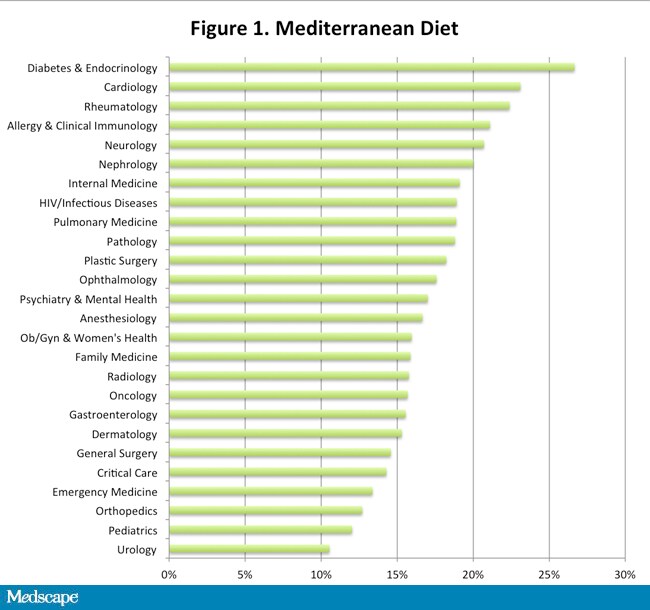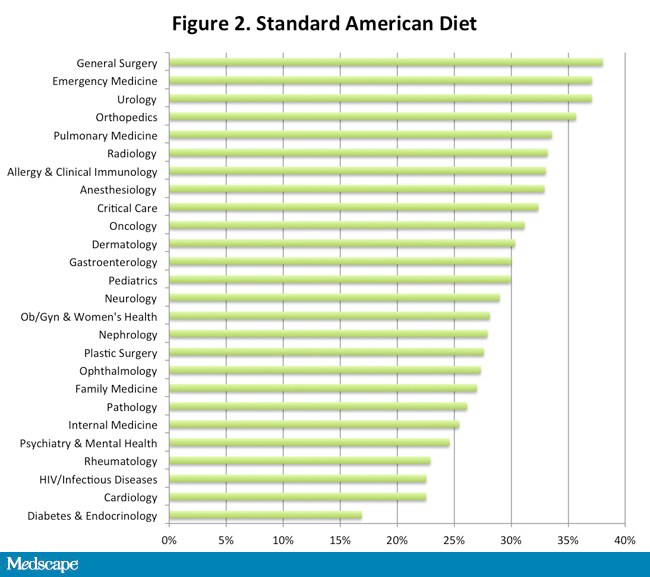The novel 13S,14S-epoxy-maresin is converted by human macrophages to maresin 1 (MaR1), inhibits leukotriene A4hydrolase (LTA4H), and shifts macrophage phenotype
- Jesmond Dalli*,
- Min Zhu†‡,
- Nikita A. Vlasenko†‡,
- Bin Deng*,
- Jesper Z. Haeggström§,
- Nicos A. Petasis†‡,1 and
- Charles N. Serhan*,1
-
*Center for Experimental Therapeutics and Reperfusion Injury, Department of Anesthesiology, Perioperative and Pain Medicine, Brigham and Women's Hospital and Harvard Medical School, Boston, Massachusetts, USA;
-
†Department of Chemistry and
-
‡Loker Hydrocarbon Research Institute, University of Southern California, Los Angeles, California, USA; and
-
§Department of Medical Biochemistry and Biophysics, Karolinska Institutet, Stockholm, Sweden
- ↵1Correspondence: C.N.S., Harvard Institutes of Medicine, 77 Ave. Louis Pasteur, HIM 829, Boston, MA 02115, USA. E-mail: cnserhan@zeus.bwh.harvard.edu; N.A.P., University of Southern California, 837 Bloom Walk, LHI 219, Los Angeles, CA 90089, USA. E-mail: petasis@usc.edu
Abstract
Maresins are produced by macrophages from docosahexaenoic acid (DHA) and exert potent proresolving and tissue homeostatic actions. Maresin 1 (MaR1; 7R,14S-dihydroxy-docosa-4Z,8E,10E,12Z,16Z,19Z-hexaenoic acid) is the first identified maresin. Here, we investigate formation, stereochemistry, and precursor role of 13,14-epoxy-docosahexaenoic acid, an intermediate in MaR1 biosynthesis. The 14-lipoxygenation of DHA by human macrophage 12-lipoxygenase (hm12-LOX) gave 14-hydro(peroxy)-docosahexaenoic acid (14-HpDHA), as well as several dihydroxy-docosahexaenoic acids, implicating an epoxide intermediate formation by this enzyme. Using a stereo-controlled synthesis, enantiomerically pure 13S,14S-epoxy-docosa-4Z,7Z,9E,11E,16Z,19Z-hexaenoic acid (13S,14S-epoxy-DHA) was prepared, and its stereochemistry was confirmed by NMR spectroscopy. When this 13S,14S-epoxide was incubated with human macrophages, it was converted to MaR1. The synthetic 13S,14S-epoxide inhibited leukotriene B4 (LTB4) formation by human leukotriene A4 hydrolase (LTA4H) ∼40% (P<0 .05="" a="" as="" extent="" lta="" similar="" style="border: 0px; font-family: inherit; font-size: 0.85em; font-style: inherit; line-height: 0; margin: 0px; outline-style: none; padding: 0px; text-align: inherit;" sub="" to="">4
(∼50%,
P<0 .05="" 13="" but="" by="" converted="" em="" enzyme.="" mar1="" not="" style="border: 0px; font-family: inherit; font-size: inherit; line-height: inherit; margin: 0px; outline-style: none; padding: 0px; text-align: inherit; vertical-align: baseline;" this="" to="" was="">S,14
S-epoxy-DHA also reduced (∼60%;
P<0 .05="" 13="" acid="" and="" arachidonic="" biosynthesis="" by="" conversion="" em="" epoxide="" establish="" findings="" from="" hm12-lox="" m1.="" m1="" m2="" macrophages="" mar1="" more="" of="" phenotype="" produced="" promoted="" style="border: 0px; font-family: inherit; font-size: inherit; line-height: inherit; margin: 0px; outline-style: none; padding: 0px; text-align: inherit; vertical-align: baseline;" than="" the="" these="" to="" together="" which="">S,14
S-epoxide, its absolute stereochemistry, its precursor role in MaR1 biosynthesis, and its own intrinsic bioactivity. Given its actions and role in MaR1 biosynthesis, this epoxide is now termed 13,14-epoxy-maresin (13,14-eMaR) and exhibits new mechanisms in resolution of inflammation in its ability to inhibit proinflammatory mediator production by LTA
4 hydrolase and to block arachidonate conversion by human 12-LOX rather than merely terminating phagocyte involvement.—Dalli, J., Zhu, M., Vlasenko, N. A., Deng, B., Haeggström, J. Z., Petasis, N. A., Serhan, C. N. The novel 13
S,14
S-epoxy-maresin is converted by human macrophages to maresin 1 (MaR1), inhibits leukotriene A
4 hydrolase (LTA
4H) and shifts macrophage phenotype.









